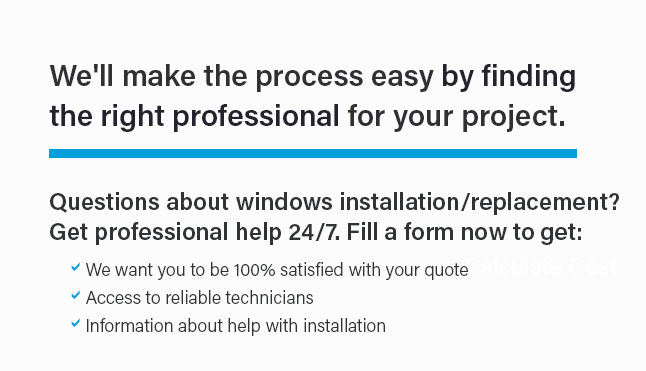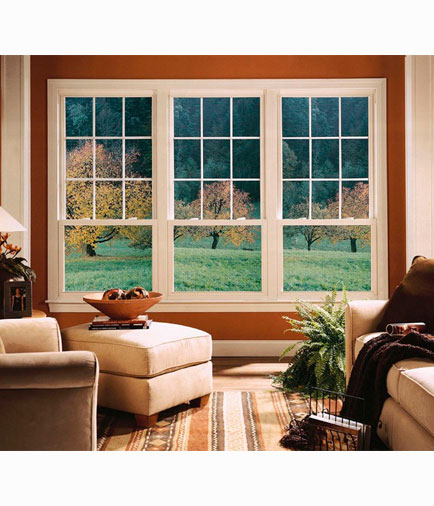 |
 |
 |
 |
|
 |
||
 |
 |
 |
 |
 |
 |
 |
 |
|
 |
 |
|
Transform your home with precision and style through our premier windows installation and replacement services, where affordability meets excellence, and discover the true value of your investment with our transparent basement window replacement cost-because every window tells a story of craftsmanship, efficiency, and elegance, reshaping your living spaces while enhancing your comfort and security, all delivered with a commitment to quality that stands the test of time, ensuring your peace of mind and elevating your home's aesthetic charm, one window at a time.
https://mcclellandsroofing.com/blogs/basement-window-replacement-cost/
If you're contemplating the replacement of a single basement window, it's important to understand the average price to set realistic ... https://www.reddit.com/r/HomeImprovement/comments/16ev753/basement_window_replacement_quote/
Basic DIY starts at about $200 per window for box store vinyl double hung or sliding casement replacement windows. https://www.homewyse.com/services/cost_to_install_basement_window.html
The estimated cost to Install a Basement Window starts at $685 - $933 per window. Use our Cost Calculator for cost estimate examples customized to the location ...
|